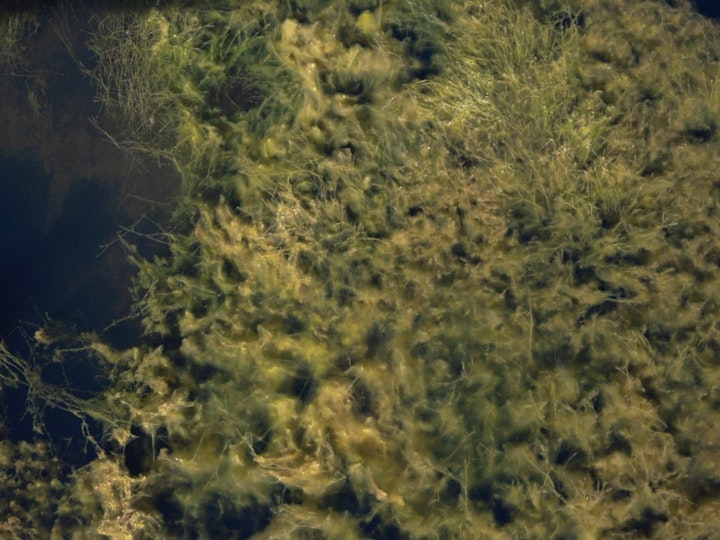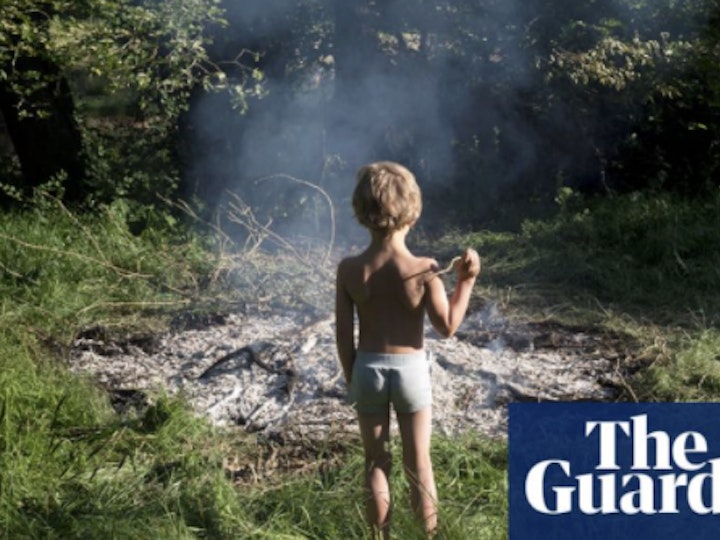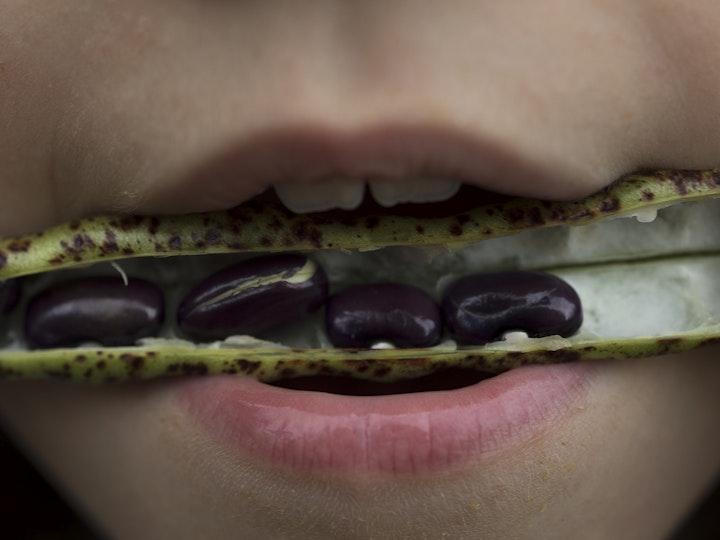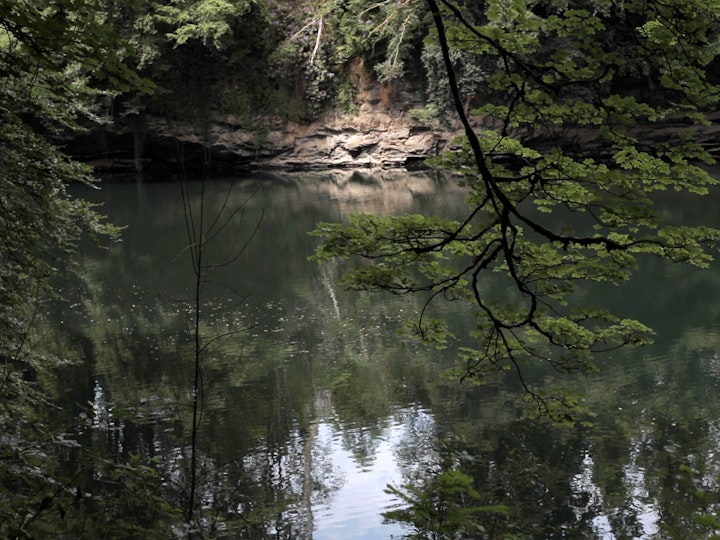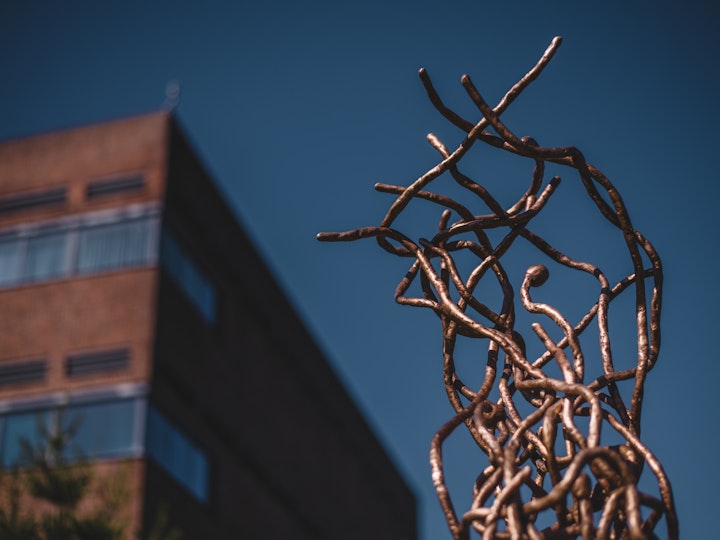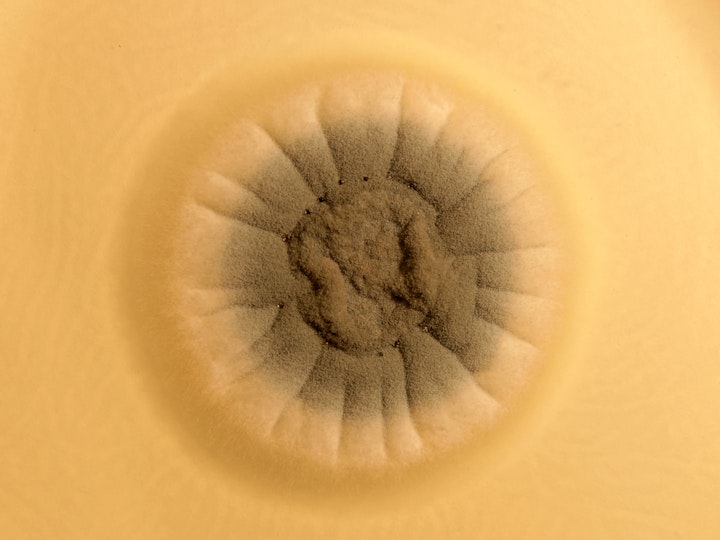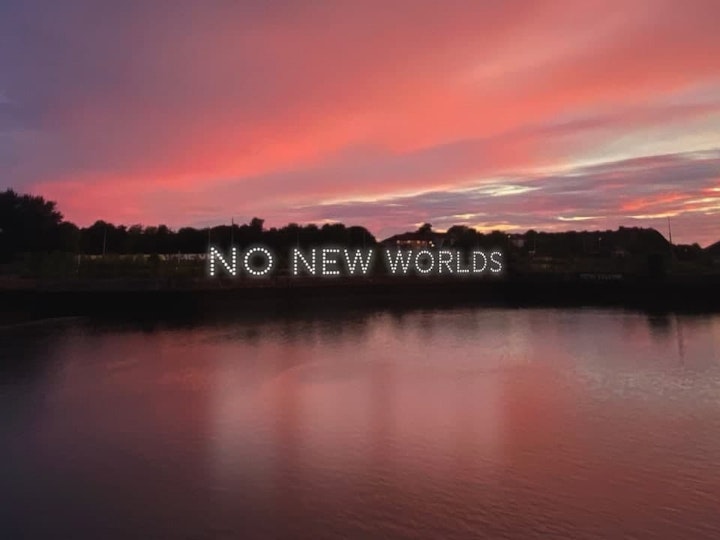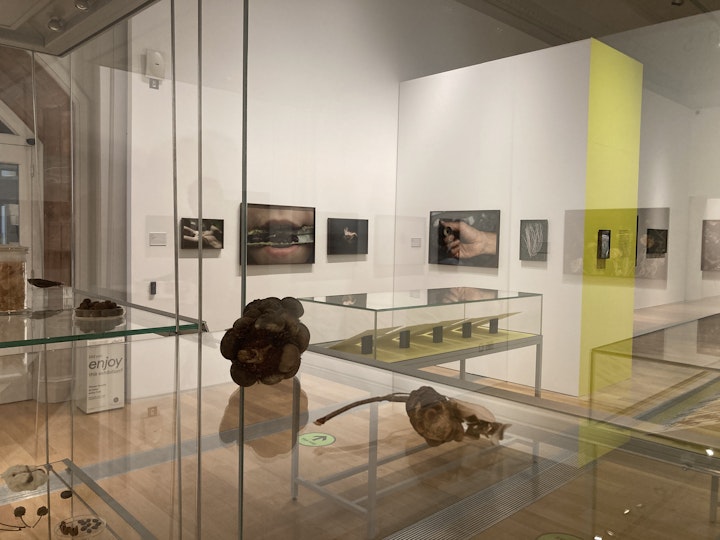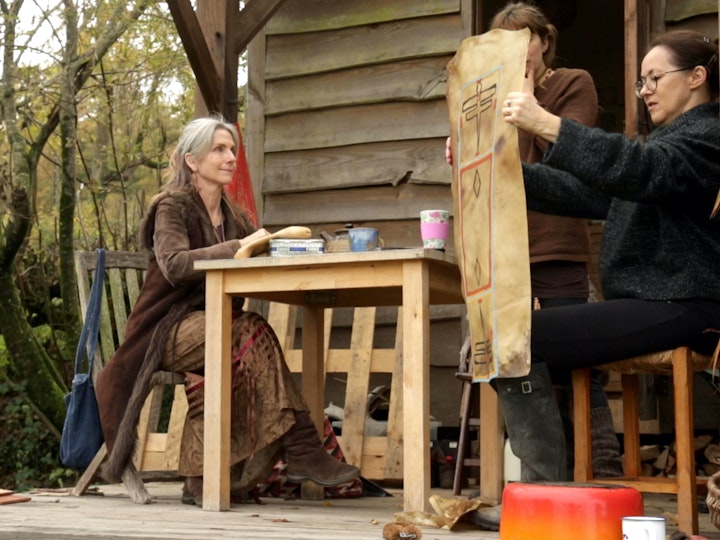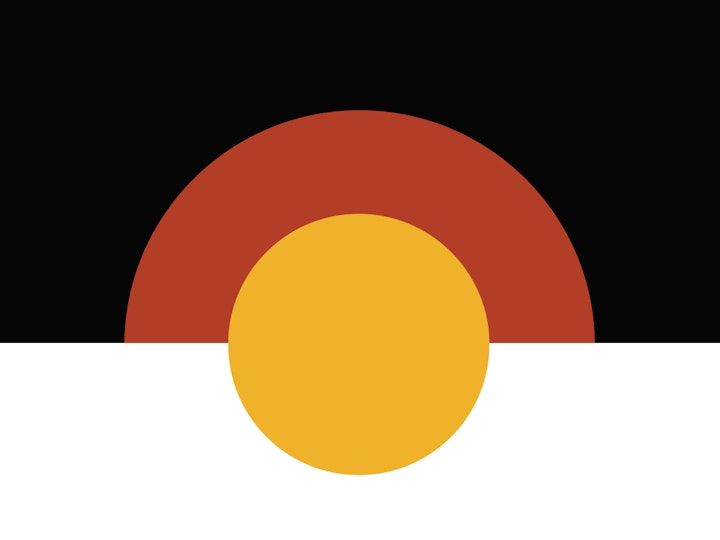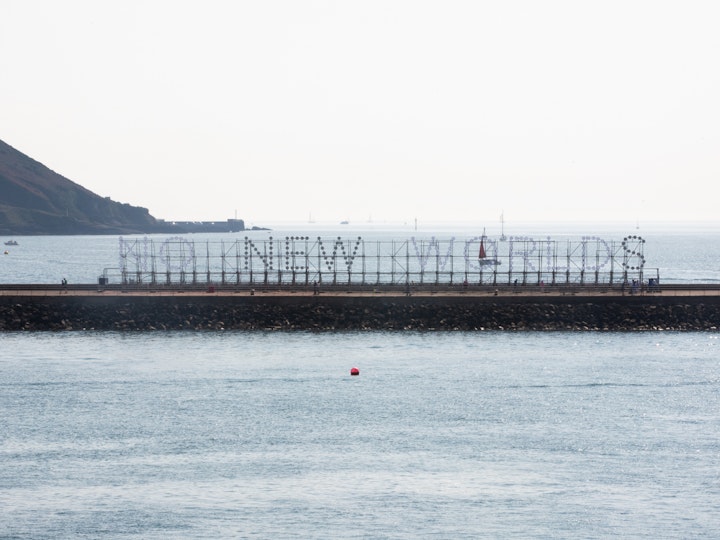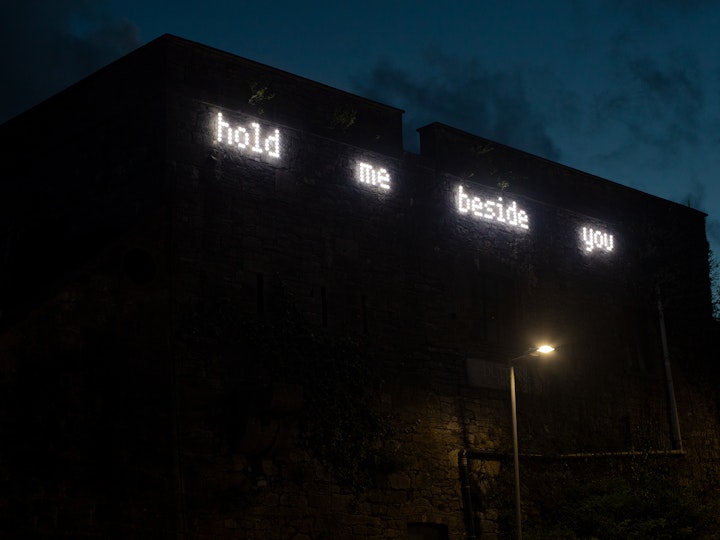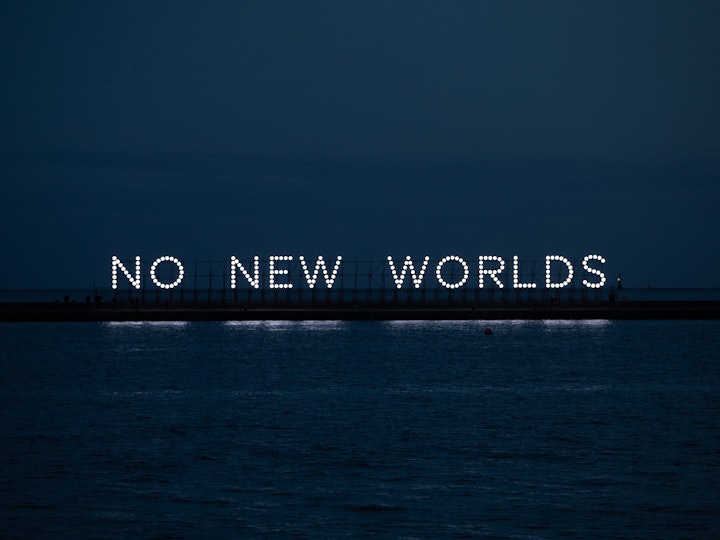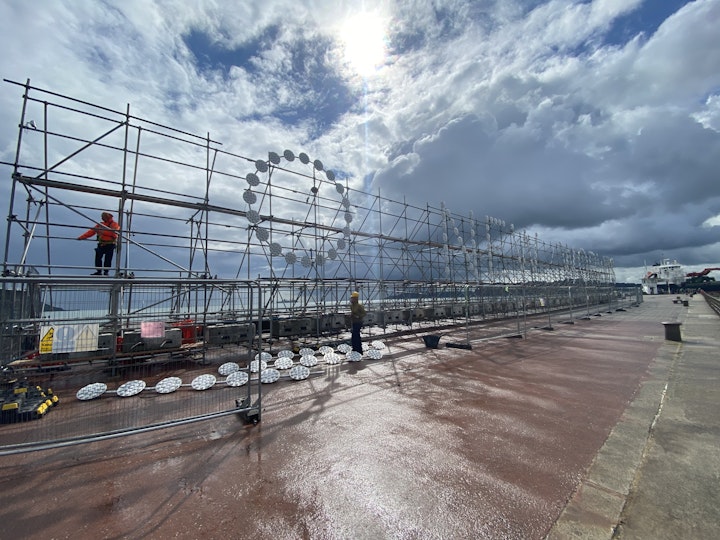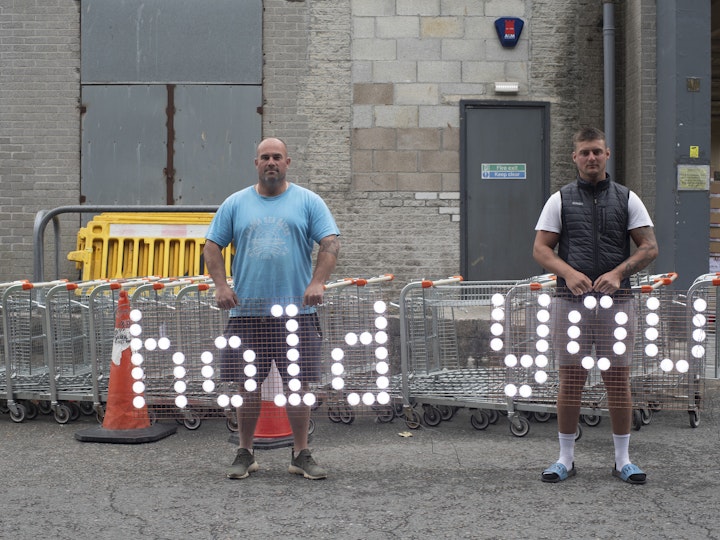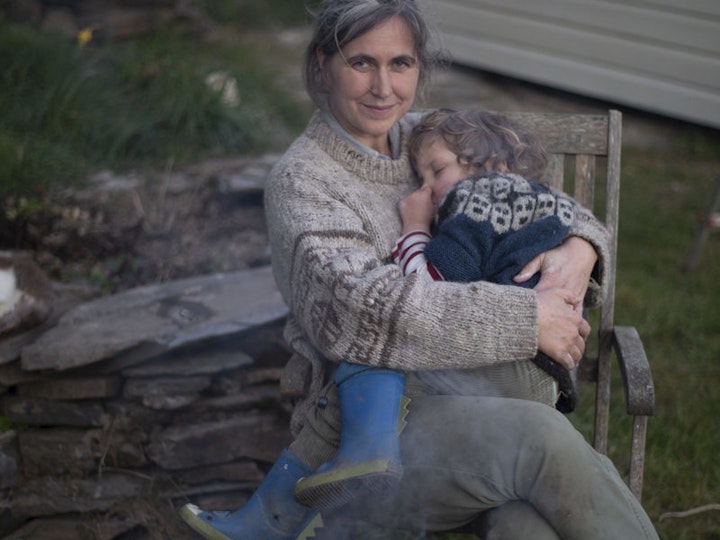Mayflower Commemoration and Speedwell
Indigenous North Americans and Britain, where to begin?
Most people here in the UK wouldn’t understand what I mean by Indigenous North Americans and probably only recognise a terminology which I find repellent, which is ‘Red Indians’, said I suppose to distinguish us from the people of the Indian sub-continent. ‘It all happened so long ago’, is what I imagine people say to themselves when I bring up the issue of Britain and its colonisation of North America and the impact that this had and still has on the original peoples who inhabited those lands. There are often some nods in agreement that yes, sometime in the dim and distant past the English colonised the Atlantic seaboard of North America, but the colonies broke off and became the United States of America and it was the USA that took control of what had been Native American land. So, the history of the early phases of settlement doesn’t really matter anymore, right? But it does matter, and the Mayflower anniversary can be used to make that clear. The story of the colonisation of North America and the loss of Native American control begins with these early settlements, their relations with nearby Indigenous communities, trading, making alliances and waging war. It is also a history of treaties made and treaties broken, promises of respecting Native American rights quickly forgotten in the hurry to secure new territory for colonial expansion. Even after so much experience of betrayal, in the eighteenth century many tribes threw their lot in with the British, hoping that the Crown’s Proclamation Line of 1763, created at the end of the Seven Years War in America, would hold. No colonists could settle over the boundary along the Appalachian Mountains and all the lands beyond were to be held for the Native peoples ‘for as long as the sun shines’ etc. A dream come true at that moment but of course as soon as the ink dried on the document…. This is often cited as one of the reasons for the Revolutionary War outbreak and again Indigenous peoples are at the heart of the matter.
Some brief background. My father was Dakota and my grandmother, his mother, was from two of the bands/camps of the Bdewakaŋtuŋwaŋ, the Sisituŋwaŋ and Wahpetuŋwaŋ. My grandfather, his father, was from the Ihaŋktuŋwaŋna band, in the middle of the whole Nation of my peoples, all of whom were part of the great circle of seven fires, the Očhéthi Šakówiŋ, the name we gave to ourselves. It is so much grander and so much more accurate than any name given to us by outsiders, such as the name ‘Sioux’. My father left the American Indian Reservation (the name colonisers gave to those places where Native peoples were forced to live) where he was born when he was just a teenager and would never really fully return there but kept going back to visit and trying to find the connection, long broken by the boarding schools and forced assimilation policies. I didn’t know then when I was growing up in California in the 1960s and 70s about the massive relocation schemes inducing Native peoples move to the cities from their homes and families on the Rez which the US government was putting into place to ensure that bonds and connections and cultural identities would be demolished forever. I didn’t know where this ache within my heart came from. Now I am aware of the fact of transgenerational trauma and inherited pain caused by the heritage I have from my dear and long passed father. I imagine he knows somehow what I am up to now. Does he see somehow what is happening in 2020 all across Indian country?
Who are the Native peoples of North America to the British today? Many people would probably say that they have never met an American Indian/Native American or First Nations person. It is difficult to recognise us as there is no Native American ‘community’ in Britain like there is for others who have migrated here from places all over the world. And why should there be a designated place for us? Why should we find ourselves in a unified Native American/First Nations/Inuit community here in the UK? We were never thus on our original lands as we were often separated by differing geographies, languages, customs, cultures, enmities, and misunderstandings. The major way that Britain knows of Indigenous North Americans is via the media and popular culture, it’s the Lone Ranger and Tonto, it’s Princess Pocahontas from the Disney film, it’s the famous battle of the Little Big Horn with Custer’s troops surrounded by those angry ‘Sioux’ warriors and any number of Hollywood filmic representations which repeat those same tropes again and again. In the movies the heroes are almost always the settlers and army soldiers, while the surrounded and ethnically cleansed Native Americans are depicted as the aggressors. As a result, no one questions why these white men are so brutal to their adversaries or considers why those Indigenous warriors might wish to confront those seeking to invade their land.
Stepping back into Mayflower plans, it’s summertime 2017 and the year 2020 is on the horizon, the 400-year anniversary of the sailing of the Mayflower from England to America when early English settlers will set a process in motion that will change the world. I’m sitting around a table in Plymouth helping, advising others about what’s to be done. ‘We can certainly link it to the science units in our school’s curriculum,’ someone says. ‘It’s new technologies after all, navigational, mapping, geographies, discoveries.’ How can we bring it into all aspects of our curriculum?’ It’s science, it’s culture, it’s history, it’s maritime. ‘Great! It looks like we can do this thing.’ But as I sit and listen my heart sinks, and I ask myself silently, when we will talk about what Mayflower actually means? Yes, surely, we all agree, it is also about the Indigenous American peoples too, they are clearly part of the story. And what a story it is. But how well will that story be represented?
Personally, I’d just been through a series of planning meetings, school visits, events, conferences, exhibitions centring on another transatlantic anniversary in 2017, the 400 years since the arrival of a real, historical Native American woman we all call Pocahontas (adult name Matoaka) to the same place (England) where I, a Native American and Anglo-American historian, am now acting as cultural consultant to an events organisation. It was the commemoration of her time in England in 1617, ten years after she sees her country’s name was changed from Tsenahcommacah to Virginia. World building for some but world shattering for her certainly. Does this make it a New World? My feelings about that commemoration of Pocahontas in 2017 impinge on my feelings about Mayflower now. Both are profoundly painful to me in ways that are hard to describe. Number one is the fact that my Native American ancestry is Dakota and my ancestors lived in the Northern Plains area of North America, nowhere near Pocahontas’ Tsenahcommacah /Virginia or Marshapoag, and Saukatukett /Massachusetts where the Mayflower colonists eventually settled and I have no direct connection with any of their modern day descendants. What right have I to advise here? I don’t even look like the cliché of what a Native American is meant to be. Still, I try to make connections. My link to Pocahontas comes from a story told to me from my childhood. This has to do with my Dakota name given to me by my father as a baby name, it is Iyokapiwin, in our language, meaning ‘happy or lively woman’. He wanted to approximate the name Pocahontas (meaning ‘little lively one’ in her language). But Pocahontas/Matoaka may have been forcibly married to John Rolfe, may have been raped and perhaps was murdered. We do not know for sure from this long historical distance, but her people claim it is so. I want to reach her somehow and say how sorry I am that I might have misunderstood, might have been fed a line or simply wanted to honour her time here and her lasting influence without demeaning her untimely death. We work in the British Library to create a conference that will include people from her Nations, from her descendants. I don’t want to speak for her and yet I do speak and try to tell others why this is important. Why do we need to know about the Native peoples of North America, they ask? Why are they so important to British history, to the Mayflower? Because they are part of the story, they are the story now.
The experts talk about a kind of fatigue, a feeling on the part of people of colour (eg. the group now referred to as BIPOC – Black, Indigenous People of Colour) when they have to explain again and again what it feels like to be the recipient of comments or abuse or violent micro/macro aggressions concerning their supposed ‘race’ or ethnic background, how they have been profiled by law enforcement. I remember an incident from my working life as a University lecturer when the Dean of my Faculty explained to me, over my objections, that it is acceptable to say ‘Red Indian’ when referring to my ethnic heritage ‘because my friend from Nottingham University says it is, and he’s an expert!’ This ignorant condescension would be called out today; but the pain I felt then I feel again whenever Native American issues are dismissed as irrelevant. Perhaps now in an extraordinary year of global shared pain and difficulties, as we begin to face up to the cruel stain of racism on our human experience and histories, we can do better. I believe we can be free of the prejudices and judgemental attitudes that threaten to defeat hope, if we open our eyes, our ears and our hearts.
I move back to the early months of 2019 and again I hold a position as advisor and consultant to several individual projects all coming under the umbrella of Mayflower 400. The branding to begin with is sharp and by that, I mean it is cutting. There is no mention of Indigenous North American peoples on the main page of the website at this stage or in the blurbs about the programming and one needs to dig to find the references there. There is not much about what actually happened 400 years ago when that small ship left Plymouth and then veered off course to somewhere north of the intended landing place. Yes, there are Native peoples represented, the Wampanoag people of Mashpee and they are partners in Mayflower 400, too. Reassured, I go further into the webpages. Lots of people are there talking about enterprise and investment but I can find no place on this website where one might be allowed to deplore, to mourn, to grieve deeply about what was sacrificed, what was lost, what wasn’t recognised by the European settlers and what was going to be done in the name of God and civilisation.
I begin to work with Plymouth Museum and those curators/educators planning the opening exhibitions for the new extension called The Box which will include whole displays (guest curated by the Wampanoag of Mashpee and others) that will work to explain an Indigenous North American worldview, perhaps for the first time in a regional museum and in such depth. I am asked to give any guidance that I can as an art historian with specialisation in the European visualising of Native Americans and their cultures in the historical period. I want to see a whole exhibition created just to explain the power and beauty of Native American/First Nations and Inuit art. Don’t we all deserve something of that order? But I must remember that the displays are intended primarily to elucidate the Mayflower and its voyage, and the connections between the UK and the USA. This is the part that must be told first, we can think about the rest later. A stroke of magic comes through with the inclusion of a newly created wampum belt (and touring exhibition to accompany it) to give honour and voice to the Mashpee Wampanoag partners. The Box curators and educators are working flat out. I give them my support to the best of my abilities.
In the midst of this activity, I am asked to meet with a group of artists based on Dartmoor who have been selected under the Mayflower 400 banner to create a new temporary installation that will be placed on Plymouth’s breakwater. The news on the ground is that they want to create a large illuminated artwork that will spell out the words ‘The New World’ which will rest on the horizon and be seen over that expanse of water from where the city of Plymouth residents and visitors might stand. What did they mean by this phrase ‘The New World’? Was it to be stated suggestively or with a sense of historical righteousness? I was confused. For any Native American that phrase is loaded, for it speaks only of a European perspective, of a world that was ‘new’ only to those who weren’t living there already. But it was ‘new’ also in the sense that it was a new land to exploit. Perhaps this was the intended meaning? From the 1490s until the end of the nineteenth century wave upon wave of emigration, forced or otherwise, would take millions of people across the Atlantic to the Americas and the Caribbean, to displace, unsettle and ethnically cleanse many generations of Indigenous North American peoples from their own lands and homes. My thoughts circled around that phrase New World and why it was so impactful and yet dangerous. I came to believe that there never was nor ever will be a ‘New World’. Whether in 1492, 1607, 1620 or later, the idea of a ‘new’ world to explore/exploit and an ‘old’ world left behind made sense only to those with a vested interest in the colonial enterprise. And we are no longer in that frame of mind.
Almost immediately, the artists and I were able to meet up in Exeter. They were asking for my advice in an honest and impassioned way, they wanted to know how I felt as a Native American person living in the UK and they were giving me back my Indigenous voice in doing so. Was it appropriate or not to use these words now with all that we know about the impacts of colonisation and genocidal policies against my ancestors and myself? Their confidence in me and their openness to listening was one of the most uplifting moments of these last few years. On giving them my advice that the words needed to change, they responded instantly and with so much humility. I was bowled over for sure. I realised that more than any individual and more than any single perspective, an inclusive and revised representation and voicing would be needed for all of us involved in this bigger project to be able to tell the full story. They heard me so clearly. Together we could agree that 400 years ago impactful things did happen and we are still living in the ripples; and that things did change when Native Americans and Europeans encountered one another. For both communities the world enlarged. Perhaps the 21st century will see the world enlarge again. The COVID-19 epidemic and the ecological crisis remind us that only a common purpose will allow humanity to thrive. We can remake the world we live in, make it anew with a clearer and more conscious focus and we can look again at the past to remember what was done, to see it clearly for what it was, how it brought us to this point and to be sure that we do not make the same mistakes again.
